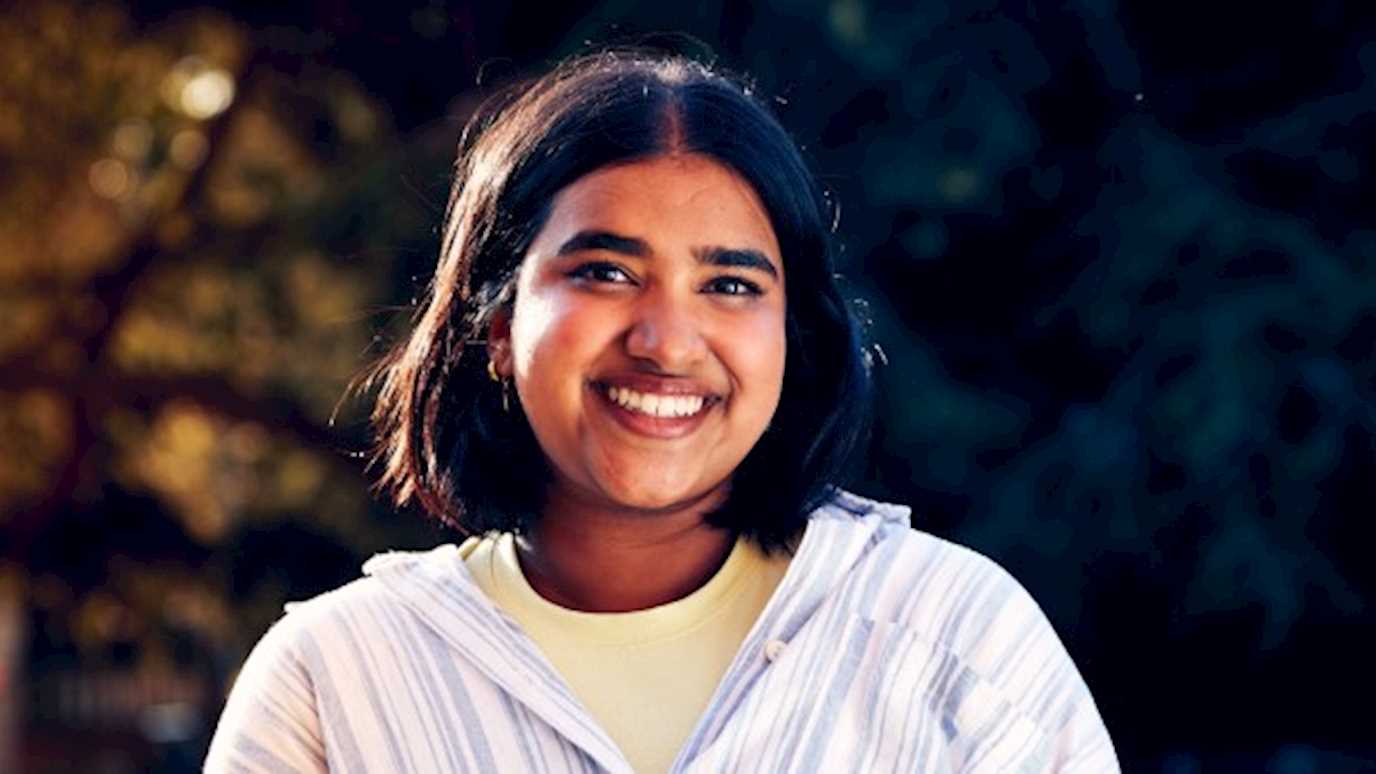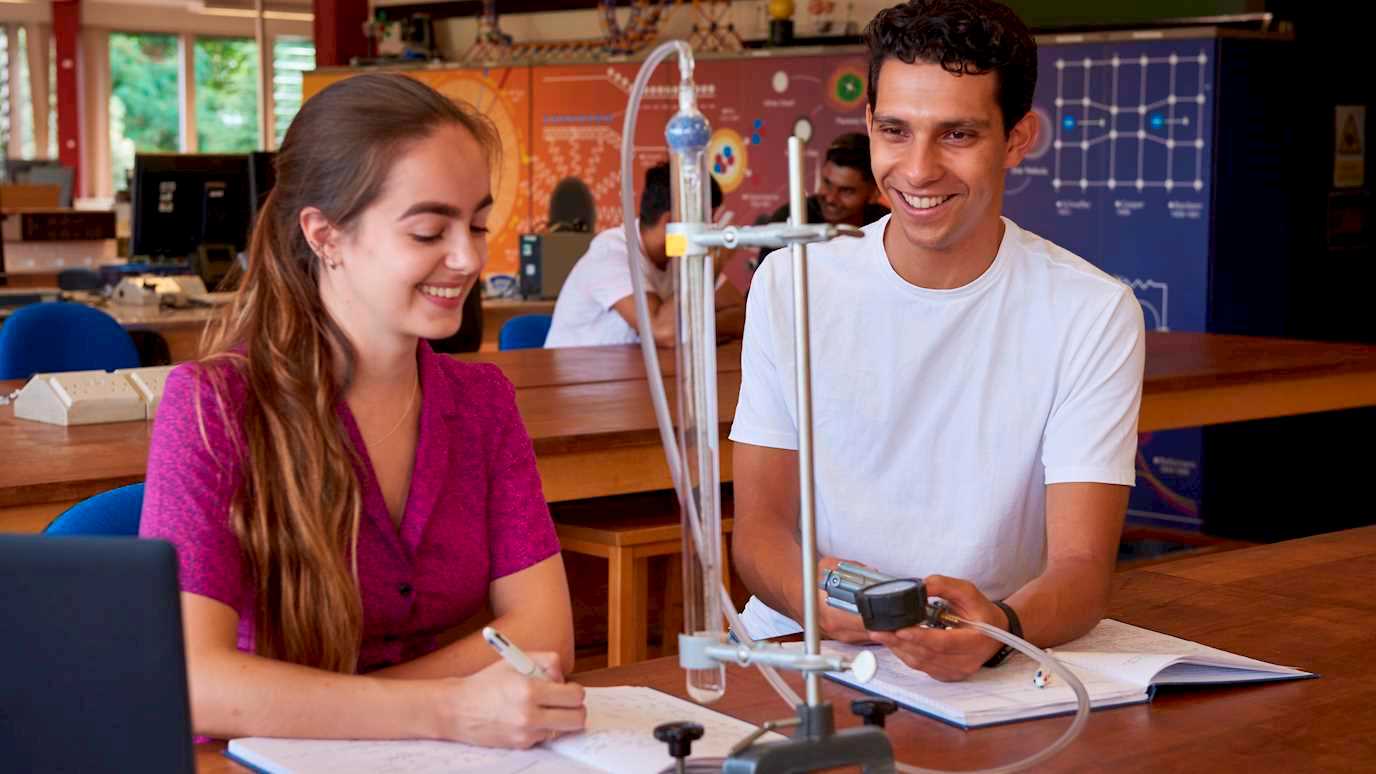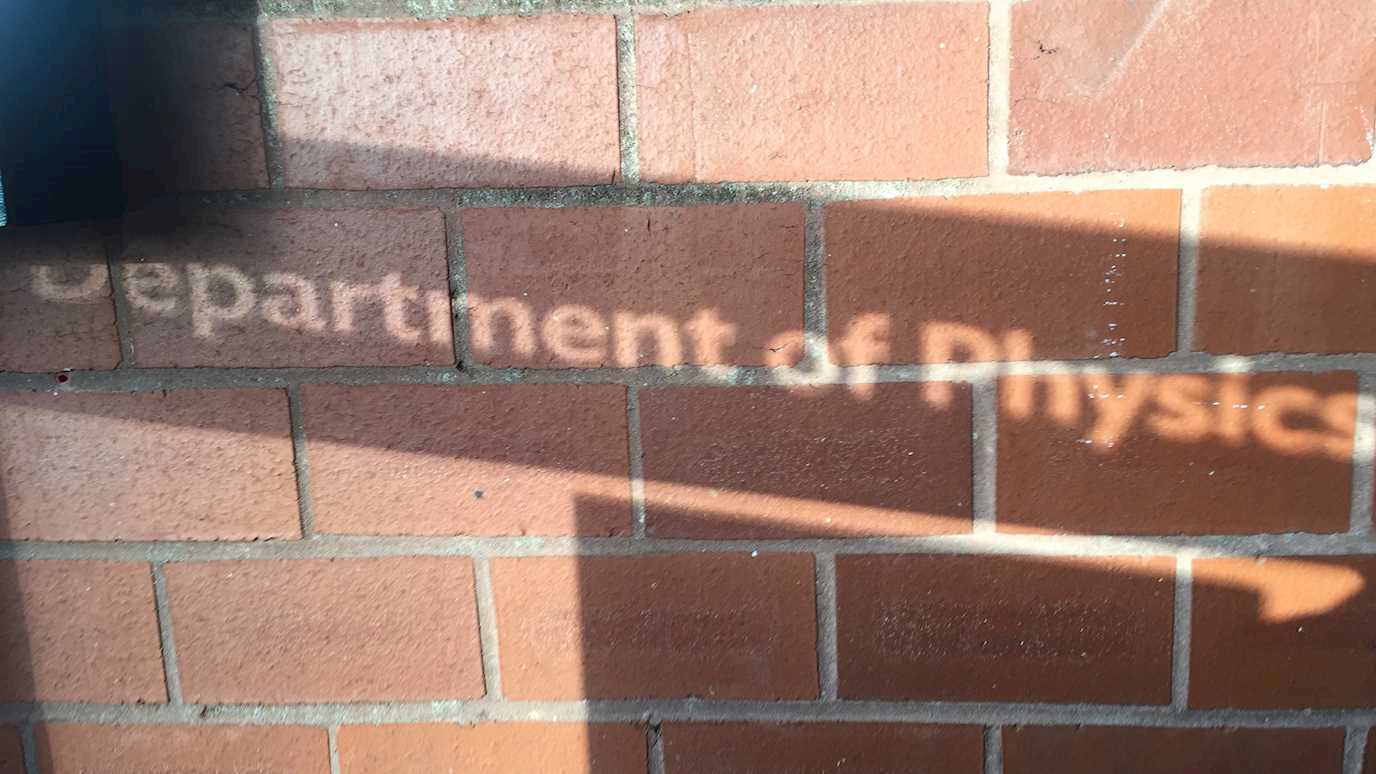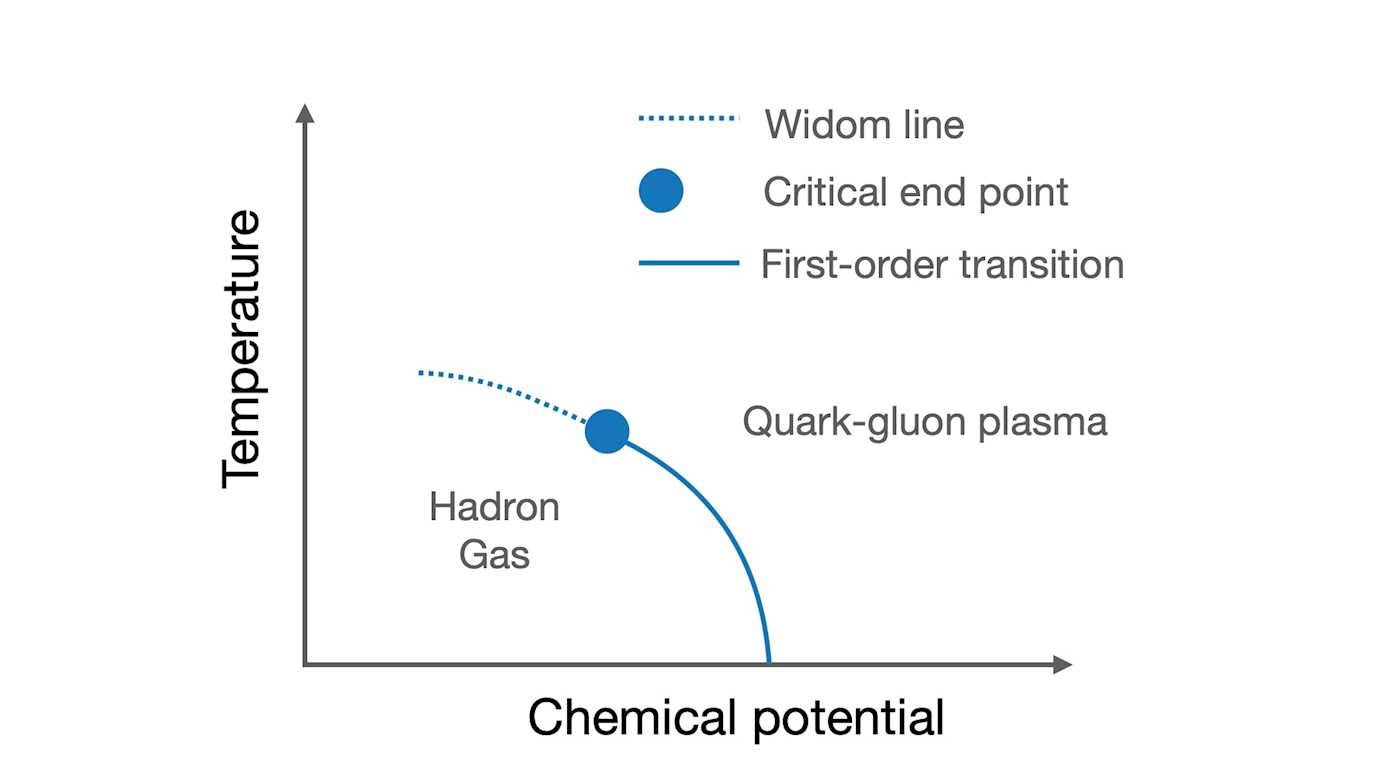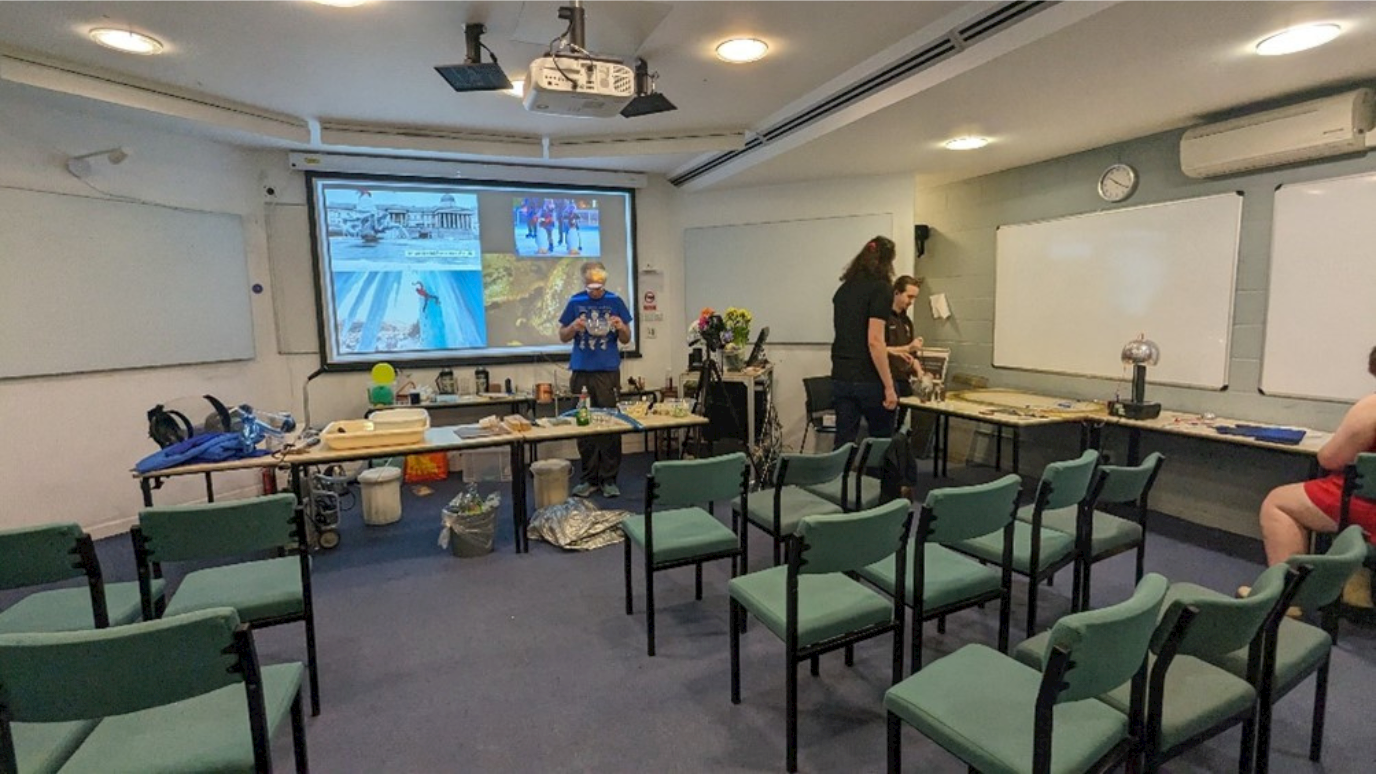In May 2023, shortly after the start of the fourth LIGO-Virgo-KAGRA observing run, the LIGO Livingston detector observed a gravitational-wave signal from the collision of what is most likely a neutron star with a compact object that is 2.5 to 4.5 times the mass of our Sun. Neutron stars and black holes are both compact objects, the dense remnants of massive stellar explosions.
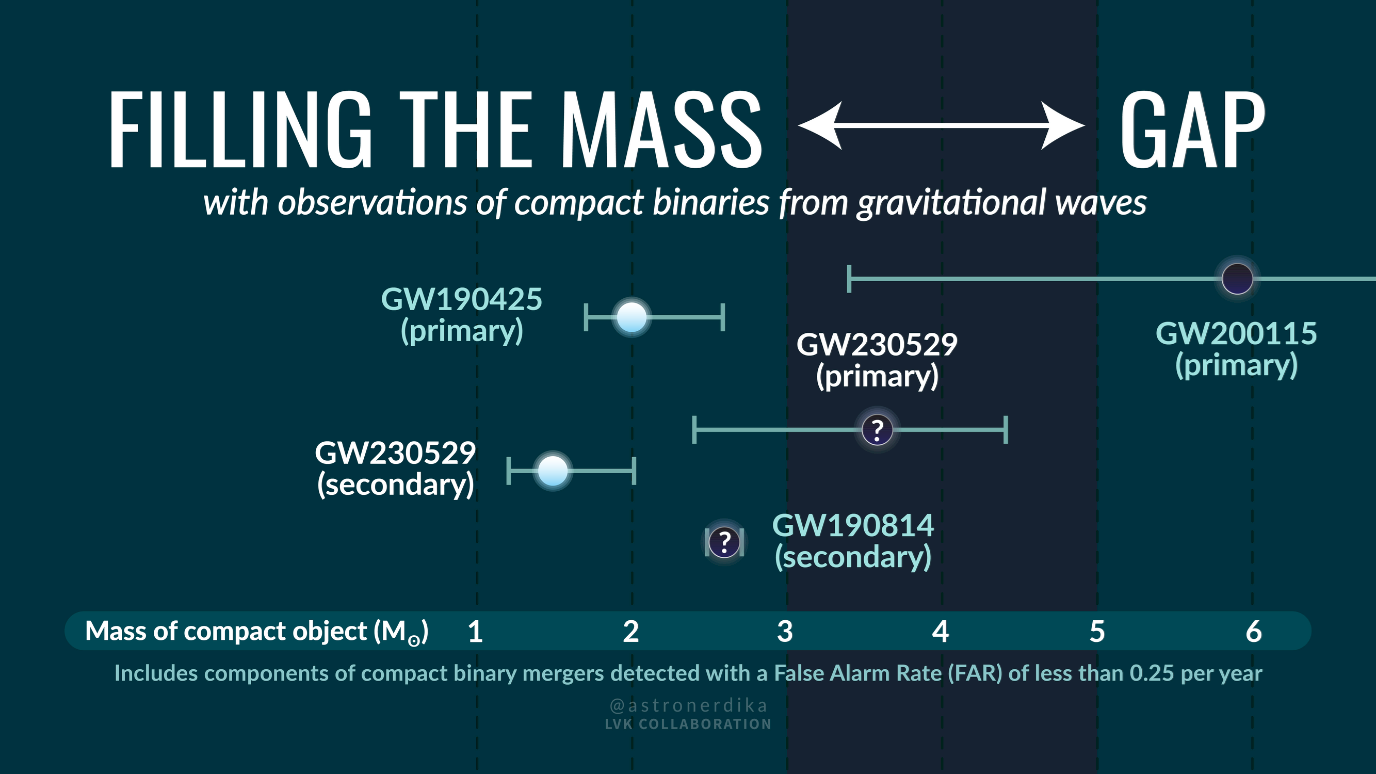
What makes this signal, called GW230529, intriguing is the mass of the heavier object. It falls within a possible mass-gap between the heaviest known neutron stars and the lightest black holes. The gravitational-wave signal alone cannot reveal the nature of this object. Future detections of similar events, especially those accompanied by bursts of electromagnetic radiation, could hold the key to solving this cosmic mystery.
"Our first detection from the fourth LIGO-Virgo-KAGRA observing run is exceptional because we can confidently tell the heavier component lives in the so-called mass gap between the heaviest neutron stars and lightest black holes. We expect it is most likely a black hole, but this poses a challenge for the community to understand how these systems form” says Dr. Greg Ashton, Senior Lecturer at the Royal Holloway, University of London and chair of the Compact Binary Coalescence working group of the LIGO Scientific Collaboration.
The mass gap between neutron stars and black holes
Before the detection of gravitational waves in 2015, the masses of stellar-mass black holes were primarily found using x-ray observations while the masses of neutron stars were found using radio observations. The resulting measurements fell into two distinct ranges with a gap between them from about 2 to 5 times the mass of our Sun. Over the years, a small number of measurements have encroached on the mass-gap, which remains highly debated among astrophysicists.
Analysis of the signal GW230529 shows that it came from the merger of two compact objects, one with a mass between 1.2 to 2.0 times that of our Sun and the other slightly more than twice as massive. While the gravitational-wave signal does not provide enough information to determine with certainty whether these compact objects are neutron stars or black holes, it seems likely that the lighter object is a neutron star and the heavier object a black hole. Scientists in the LIGO-Virgo-KAGRA Collaboration are confident that the heavier object is within the mass gap.
Gravitational-wave observations have now provided almost 200 measurements of compact-object masses. Of these, only one other merger may have involved a mass-gap compact object – the signal GW190814 came from the merger of a black hole with a compact object exceeding the mass of the heaviest known neutron stars and possibly within the mass gap.
“While previous evidence for mass-gap objects has been reported both in gravitational and electromagnetic waves, this system is especially exciting because it’s the first gravitational-wave detection of a mass-gap object paired with a neutron star,” says Dr. Sylvia Biscoveanu from Northwestern University. “The observation of this system has important implications for both theories of binary evolution and electromagnetic counterparts to compact-object mergers.”
The fourth observing run with more sensitive detectors
The highly successful third observing run of the gravitational-wave detectors ended in spring 2020, bringing the number of known gravitational-wave detections to 90. Before the start of the fourth observing run O4 on May 24, 2023, the LIGO-Virgo-KAGRA researchers made improvements to the detectors, the cyberinfrastructure, and the analysis software that allow them to detect signals from further away and to extract more information about the extreme events in which the waves are generated.
Just five days after the launch of O4, things got really exciting. On May 29, 2023, the gravitational-wave signal GW230529 passed by the LIGO Livingston detector. Within minutes, the data from the detector was analyzed and an alert (designated S230529ay) was released publicly announcing the signal. Astronomers receiving the alert were informed that a neutron star and a black hole most likely merged about 650 million light-years from Earth. Unfortunately, the direction to the source could not be determined because only one gravitational-wave detector was observing at the time of the signal.
The fourth observing run is planned to last for 20 months including a couple of months break to carry out maintenance of the detectors and make a number of necessary improvements. By January 16, 2024, when the commissioning break started, a total of 81 significant signal candidates had been identified. GW230529 is the first of these to be published after detailed investigation.
Resuming the observing run
The fourth observing run will resume on April 10, 2024 with the LIGO Hanford, LIGO Livingston, and Virgo detectors operating together. The run will continue until February 2025 with no further planned breaks in observing. The sensitivity of the detectors should be slightly increased after the break.
While the observing run continues, LIGO-Virgo-KAGRA researchers are analyzing the data from the first half of the run and checking the remaining 80 significant signal candidates that have already been identified. By the end of the fourth observing run in February 2025, the total number of observed gravitational-wave signals should exceed 200.
Gravitational-wave observatories
LIGO is funded by the NSF, and operated by Caltech and MIT, which conceived and built the project. Financial support for the Advanced LIGO project was led by NSF with Germany (Max Planck Society), the U.K. (Science and Technology Facilities Council) and Australia (Australian Research Council) making significant commitments and contributions to the project. More than 1,600 scientists from around the world participate in the effort through the LIGO Scientific Collaboration, which includes the GEO Collaboration. Additional partners are listed at https://my.ligo.org/census.php.
The Virgo Collaboration is currently composed of approximately 880 members from 152 institutions in 17 different (mainly European) countries. The European Gravitational Observatory (EGO) hosts the Virgo detector near Pisa in Italy, and is funded by Centre National de la Recherche Scientifique (CNRS) in France, the Istituto Nazionale di Fisica Nucleare (INFN) in Italy, and the National Institute for Subatomic Physics (Nikhef) in the Netherlands. A list of the Virgo Collaboration groups can be found at: https://www.virgo-gw.eu/about/scientific-collaboration/. More information is available on the Virgo website at https://www.virgo-gw.eu.
KAGRA is the laser interferometer with 3 km arm-length in Kamioka, Gifu, Japan. The host institute is Institute for Cosmic Ray Research (ICRR), the University of Tokyo, and the project is co-hosted by National Astronomical Observatory of Japan (NAOJ) and High Energy Accelerator Research Organization (KEK). KAGRA collaboration is composed of over 400 members from 128 institutes in 17 countries/regions. KAGRA’s information for general audiences is at the website https://gwcenter.icrr.u-tokyo.ac.jp/en/. Resources for researchers are accessible from http://gwwiki.icrr.u-tokyo.ac.jp/JGWwiki/KAGRA.



